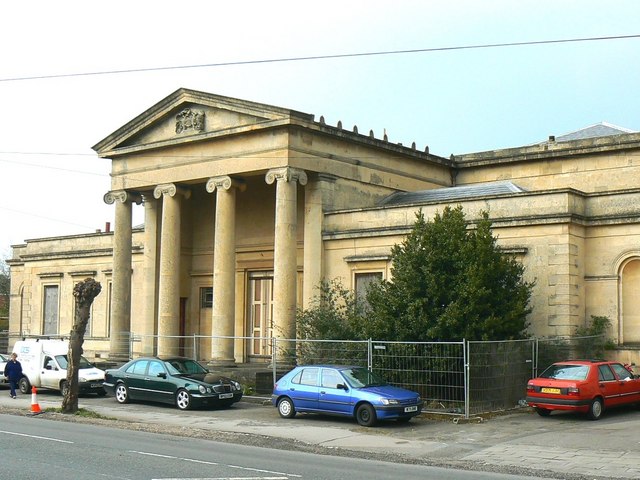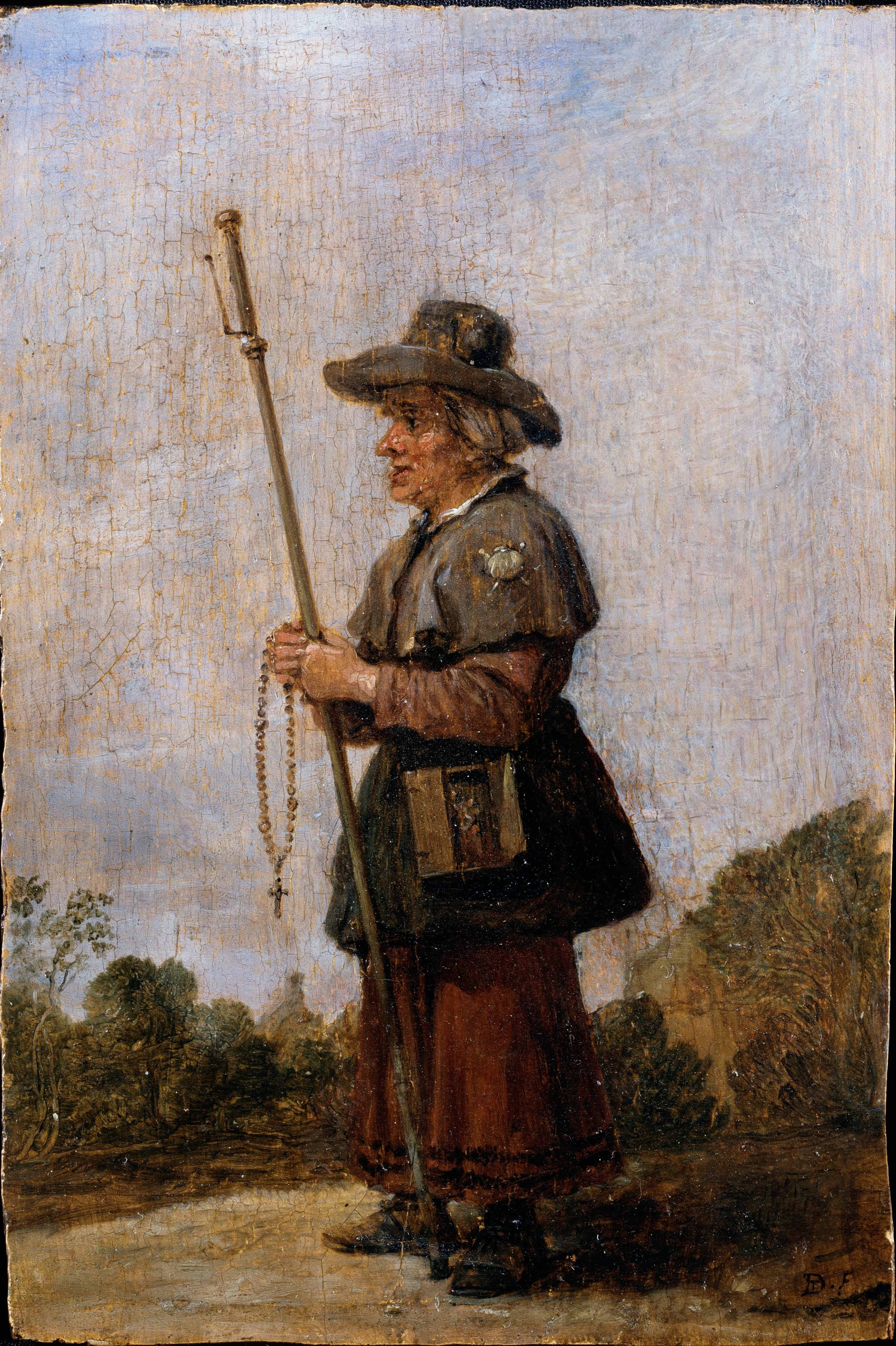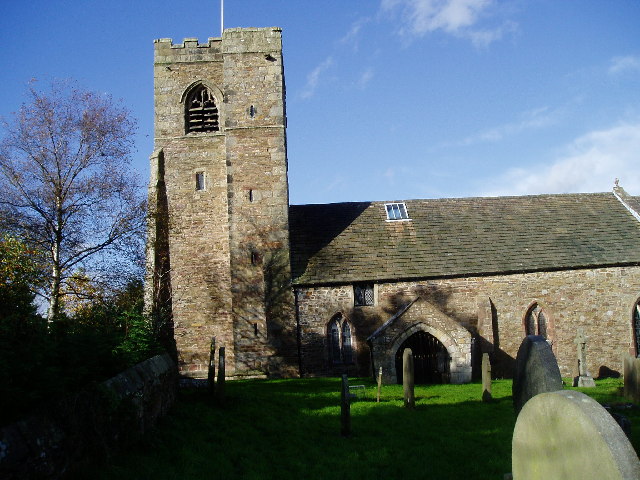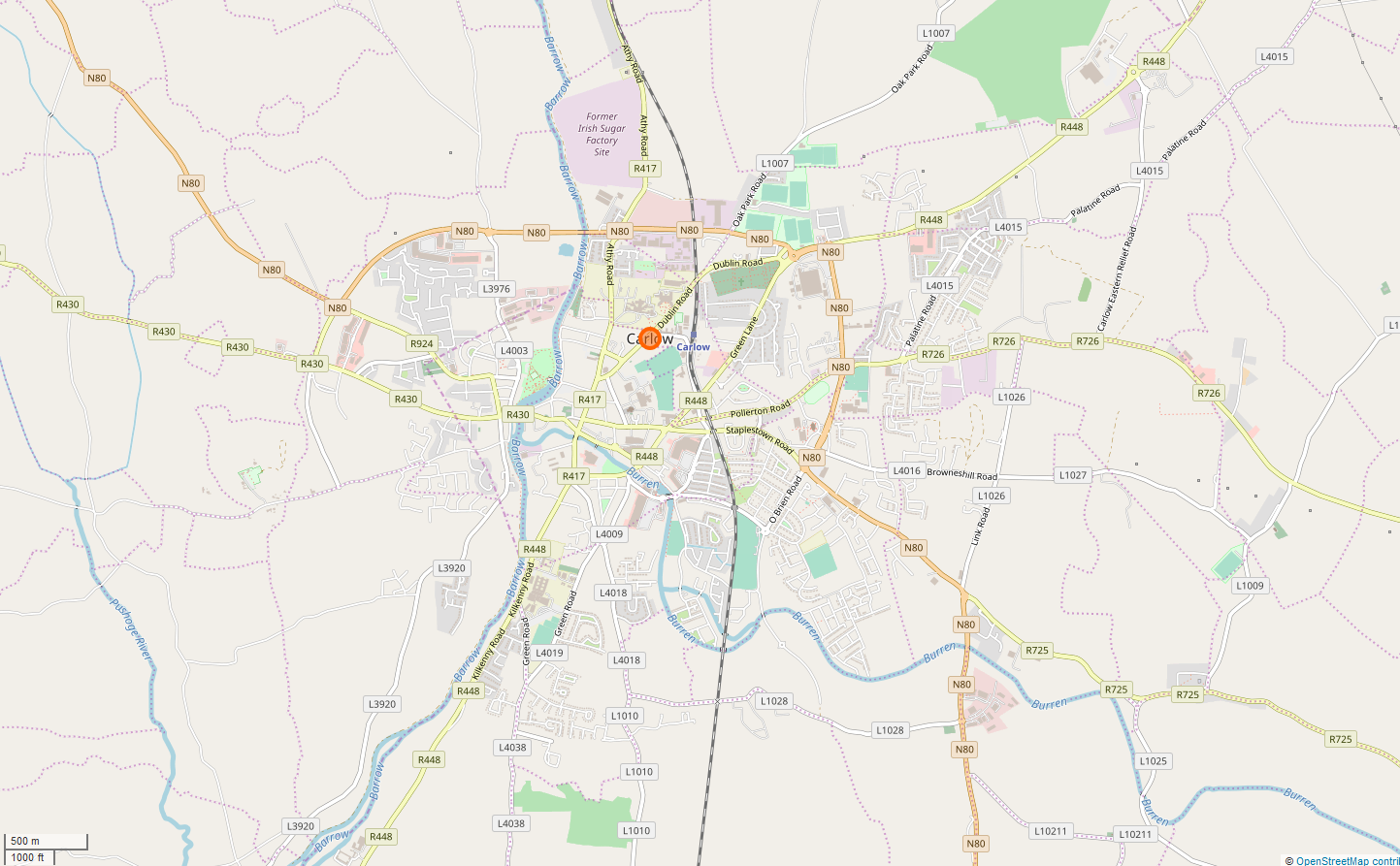|
Walter Cotterell
Walter FitzWilliam Cotterell (died c.1388/9) was an Irish barrister and Crown official of the late fourteenth century. He was Serjeant-at-law (Ireland) and acted from time to time as a judge of gaol delivery and of assize. The evidence suggests that he was a conscientious and hard-working official who enjoyed the complete trust of the English Crown.Hart pp.19-20 He was born in Kells, County Kilkenny, the son of William Cotterell. The family had a long-standing association with Kells, and later lived in Kilkenny city.Graves and Prim pp.253-4 His father was acting as a judge in the 1360s, as was John Cotterell, who was presumably Walter's uncle.''Patent Roll 37 Edward III'' Career He was appointed King's Serjeant in 1374. By that time he was already a valued Crown servant, who had been entrusted in 1359 with collecting a subsidy. In 1373-4 he conducted "numerous inquisitions" on behalf of the Crown, and was given the power to arrest ships, for which labour he received a fee ... [...More Info...] [...Related Items...] OR: [Wikipedia] [Google] [Baidu] |
Barrister
A barrister is a type of lawyer in common law jurisdictions. Barristers mostly specialise in courtroom advocacy and litigation. Their tasks include taking cases in superior courts and tribunals, drafting legal pleadings, researching law and giving expert legal opinions. Barristers are distinguished from both solicitors and chartered legal executives, who have more direct access to clients, and may do transactional legal work. It is mainly barristers who are appointed as judges, and they are rarely hired by clients directly. In some legal systems, including those of Scotland, South Africa, Scandinavia, Pakistan, India, Bangladesh, and the British Crown dependencies of Jersey, Guernsey and the Isle of Man, the word ''barrister'' is also regarded as an honorific title. In a few jurisdictions, barristers are usually forbidden from "conducting" litigation, and can only act on the instructions of a solicitor, and increasingly - chartered legal executives, who perform tasks ... [...More Info...] [...Related Items...] OR: [Wikipedia] [Google] [Baidu] |
Gaol Delivery
The courts of assize, or assizes (), were periodic courts held around England and Wales until 1972, when together with the quarter sessions they were abolished by the Courts Act 1971 and replaced by a single permanent Crown Court. The assizes exercised both civil and criminal jurisdiction, though most of their work was on the criminal side. The assizes heard the most serious cases, which were committed to it by the quarter sessions (local county courts held four times per year), while the more minor offences were dealt with summarily by justices of the peace in petty sessions (also known as magistrates' courts). The word ''assize'' refers to the sittings or sessions (Old French ''assises'') of the judges, known as "justices of assize", who were judges who travelled across the seven circuits of England and Wales on commissions of "oyer and terminer", setting up court and summoning juries at the various assize towns. Etymology Middle English < |
Pilgrimage
A pilgrimage is a journey, often into an unknown or foreign place, where a person goes in search of new or expanded meaning about their self, others, nature, or a higher good, through the experience. It can lead to a personal transformation, after which the pilgrim returns to their daily life. Background Pilgrimages frequently involve a journey or search of moral or spiritual significance. Typically, it is a journey to a shrine or other location of importance to a person's beliefs and faith, although sometimes it can be a metaphorical journey into someone's own beliefs. Many religions attach spiritual importance to particular places: the place of birth or death of founders or saints, or to the place of their "calling" or spiritual awakening, or of their connection (visual or verbal) with the divine, to locations where miracles were performed or witnessed, or locations where a deity is said to live or be "housed", or any site that is seen to have special spiritual power ... [...More Info...] [...Related Items...] OR: [Wikipedia] [Google] [Baidu] |
Lord Chancellor Of Ireland
The Lord High Chancellor of Ireland (commonly known as Lord Chancellor of Ireland) was the highest judicial office in Ireland until the establishment of the Irish Free State in 1922. From 1721 to 1801, it was also the highest political office of the Irish Parliament: the Chancellor was Speaker of the Irish House of Lords. The Lord Chancellor was also Lord Keeper of the Great Seal of Ireland. In all three respects, the office mirrored the Lord High Chancellor of Great Britain. Origins There is a good deal of confusion as to precisely when the office originated. Until the reign of Henry III of England, it is doubtful if the offices of Irish and English Chancellor were distinct. Only in 1232 is there a clear reference to a separate Court of Chancery (Ireland). Early Irish Lord Chancellors, beginning with Stephen Ridell in 1186, were simply the English Chancellor acting through a Deputy. In about 1244 the decision was taken that there must be separate holders of the office in Engl ... [...More Info...] [...Related Items...] OR: [Wikipedia] [Google] [Baidu] |
Lord Chief Justice Of Ireland
The Court of King's Bench (or Court of Queen's Bench during the reign of a Queen) was one of the senior courts of common law in Ireland. It was a mirror of the Court of King's Bench in England. The Lord Chief Justice was the most senior judge in the court, and the second most senior Irish judge under English rule and later when Ireland became part of the United Kingdom. Additionally, for a brief period between 1922 and 1924, the Lord Chief Justice of Ireland was the most senior judge in the Irish Free State. History of the position The office was created during the Lordship of Ireland (1171–1536) and continued in existence under the Kingdom of Ireland (1536–1800) and the United Kingdom of Great Britain and Ireland. Prior to the Supreme Court of Judicature Act (Ireland) 1877, the Lord Chief Justice presided over the Court of King's/Queen's Bench, and as such ranked foremost amongst the judges sitting at common law. After 1877, the Lord Chief Justice assumed the presiden ... [...More Info...] [...Related Items...] OR: [Wikipedia] [Google] [Baidu] |
John De Sotheron
Sir John de Sotheron (died after 1398) was an English landowner, lawyer and judge, who served briefly as Lord Chief Justice of Ireland.Ball, F. Elrington ''The Judges in Ireland 1221-1921'' John Murray London 1926 Vol. 1 p.166 Background and early career He was the son of Thomas de Sotheron or de Sotherne, Lord of the Manor of Great Mitton in Lancashire, and grandson of Sir Robert de Sotheron; Mitton had passed by inheritance to the de Sotherons from the de Mitton family.Whitaker, Thomas Dunham ''The History and Antiquities of the Deanery of Craven in the County of York'' 2nd edition J. Nichols and Son London 1812 p.21 He inherited his father's lands in about 1369; at the time he was involved in a dispute with nearby Cockersand Abbey over the advowson (i.e. the right to select his own candidate as parish priest) of Mitton Church. In February 1368 he was the defendant in a claim for a debt of 40 shillings brought against him by William de Mirfeld. He is known to have been acti ... [...More Info...] [...Related Items...] OR: [Wikipedia] [Google] [Baidu] |
Seneschal
The word ''seneschal'' () can have several different meanings, all of which reflect certain types of supervising or administering in a historic context. Most commonly, a seneschal was a senior position filled by a court appointment within a royal, ducal, or noble household during the Middle Ages and early Modern period – historically a steward or majordomo of a medieval great house. In a medieval royal household, a seneschal was in charge of domestic arrangements and the administration of servants, which, in the medieval period particularly, meant the seneschal might oversee hundreds of laborers, servants and their associated responsibilities, and have a great deal of power in the community, at a time when much of the local economy was often based on the wealth and responsibilities of such a household. A second meaning is more specific, and concerns the late medieval and early modern nation of France, wherein the seneschal (french: sénéchal) was also a royal officer in cha ... [...More Info...] [...Related Items...] OR: [Wikipedia] [Google] [Baidu] |
County Cork
County Cork ( ga, Contae Chorcaí) is the largest and the southernmost county of Ireland, named after the city of Cork, the state's second-largest city. It is in the province of Munster and the Southern Region. Its largest market towns are Mallow, Macroom, Midleton, and Skibbereen. the county had a population of 581,231, making it the third- most populous county in Ireland. Cork County Council is the local authority for the county, while Cork City Council governs the city of Cork and its environs. Notable Corkonians include Michael Collins, Jack Lynch, Roy Keane, Sonia O'Sullivan and Cillian Murphy. Cork borders four other counties: Kerry to the west, Limerick to the north, Tipperary to the north-east and Waterford to the east. The county contains a section of the Golden Vale pastureland that stretches from Kanturk in the north to Allihies in the south. The south-west region, including West Cork, is one of Ireland's main tourist destinations, known for it ... [...More Info...] [...Related Items...] OR: [Wikipedia] [Google] [Baidu] |
Leinster
Leinster ( ; ga, Laighin or ) is one of the provinces of Ireland, situated in the southeast and east of Ireland. The province comprises the ancient Kingdoms of Meath, Leinster and Osraige. Following the 12th-century Norman invasion of Ireland, the historic "fifths" of Leinster and Meath gradually merged, mainly due to the impact of the Pale, which straddled both, thereby forming the present-day province of Leinster. The ancient kingdoms were shired into a number of counties for administrative and judicial purposes. In later centuries, local government legislation has prompted further sub-division of the historic counties. Leinster has no official function for local-government purposes. However, it is an officially recognised subdivision of Ireland and is listed on ISO 3166-2 as one of the four provinces of Ireland. "IE-L" is attributed to Leinster as its ''country sub-division'' code. Leinster had a population of 2,858,501 according to the preliminary results of the 20 ... [...More Info...] [...Related Items...] OR: [Wikipedia] [Google] [Baidu] |
Carlow
Carlow ( ; ) is the county town of County Carlow, in the south-east of Ireland, from Dublin. At the 2016 census, it had a combined urban and rural population of 24,272. The River Barrow flows through the town and forms the historic boundary between counties Laois and Carlow. However, the Local Government (Ireland) Act 1898 included the town entirely in County Carlow. The settlement of Carlow is thousands of years old and pre-dates written Irish history. The town has played a major role in Irish history, serving as the capital of the country in the 14th century. Etymology The name is an anglicisation of the Irish ''Ceatharlach''. Historically, it was anglicised as ''Caherlagh'', ''Caterlagh'' and ''Catherlagh'', which are closer to the Irish spelling. According to logainm.ie, the first part of the name derives from the Old Irish word ''cethrae'' ("animals, cattle, herds, flocks"), which is related to ''ceathar'' ("four") and therefore signified "four-legged". The second ... [...More Info...] [...Related Items...] OR: [Wikipedia] [Google] [Baidu] |
John Tirel
John Tirel, or Tyrell (died 1395) was a prominent judge and statesman in fourteenth-century Ireland who held office as Serjeant-at-law and Chief Justice of the Irish Common Pleas.Ball, F. Elrington ''The Judges in Ireland 1221-1921'' London John Murray 1926 Vol. 1 p.88 He was the son of Warin Tirel. The Tirels or Tyrells of Powerstown were a junior branch of the leading Anglo-Irish family of Tyrell. The senior branch of the family, which died out in the male line in 1370, held the Irish feudal barony of Castleknock. He was a substantial landowner in County Dublin, with his principal residence at Powerstown Avas. The district is now called Tyrellstown.Ball, F. Elrington ''A History of the County Dublin'' Vol.6 Dublin University Press 1920 p.39 He is known to have been in England, presumably studying law, in 1354; he then returned to Ireland, where he held office as King's Serjeant, or King's Pleader, from 1372 to 1376. The position of Serjeant then was an onerous one, and on occ ... [...More Info...] [...Related Items...] OR: [Wikipedia] [Google] [Baidu] |
County Kilkenny
County Kilkenny ( gle, Contae Chill Chainnigh) is a county in Ireland. It is in the province of Leinster and is part of the South-East Region. It is named after the city of Kilkenny. Kilkenny County Council is the local authority for the county. As of the 2022 census the population of the county was just over 100,000. The county was based on the historic Gaelic kingdom of Ossory (''Osraighe''), which was coterminous with the Diocese of Ossory. Geography and subdivisions Kilkenny is the 16th-largest of Ireland's 32 counties by area, and the 21st largest in terms of population. It is the third-largest of Leinster's 12 counties in size, the seventh-largest in terms of population, and has a population density of 48 people per km2. Kilkenny borders five counties - Tipperary to the west, Waterford to the south, Carlow and Wexford to the east, and Laois to the north. Kilkenny city is the county's seat of local government and largest settlement, and is situated on the Ri ... [...More Info...] [...Related Items...] OR: [Wikipedia] [Google] [Baidu] |







